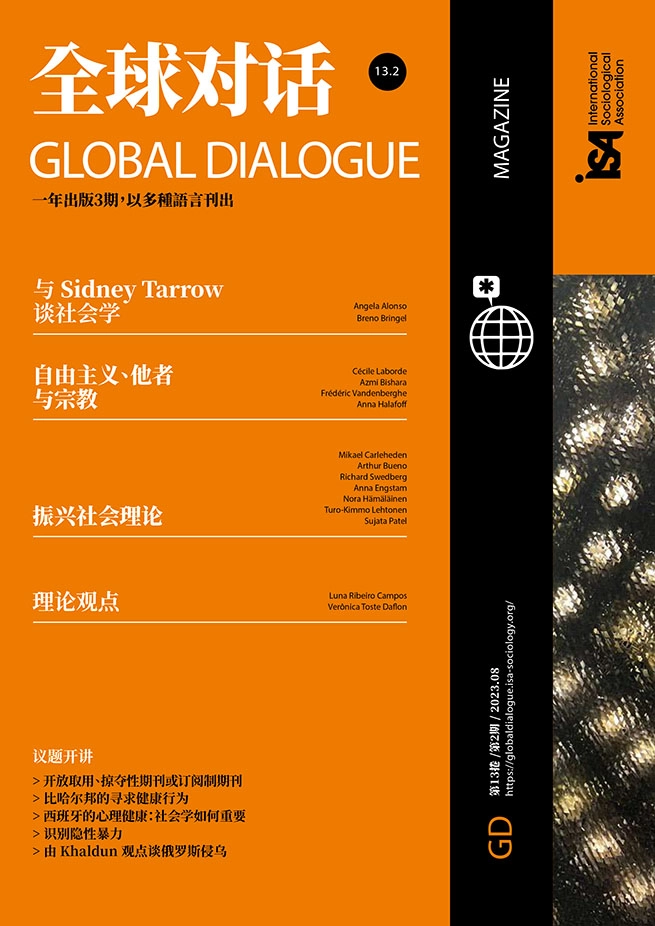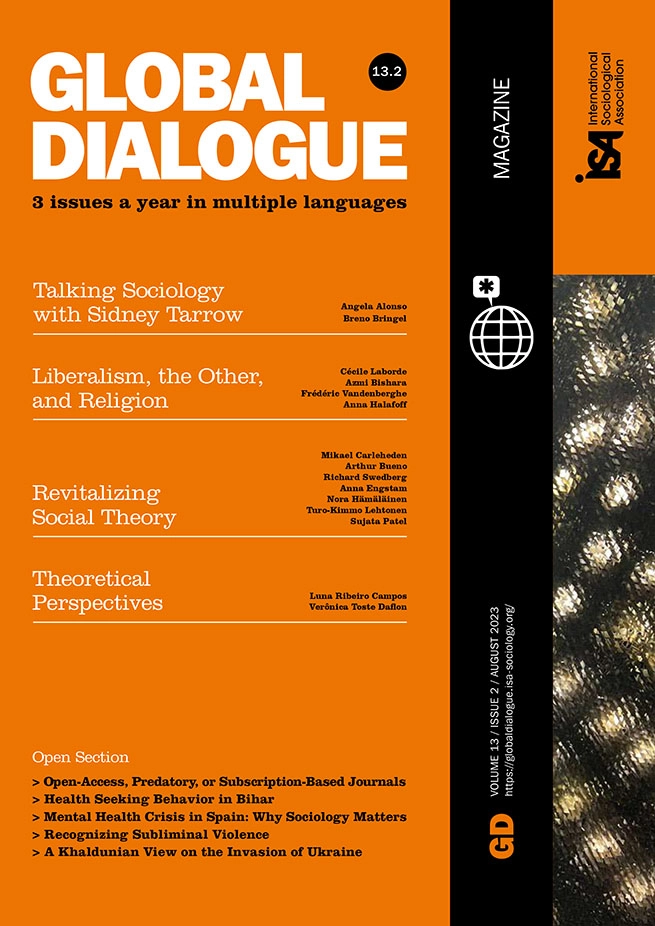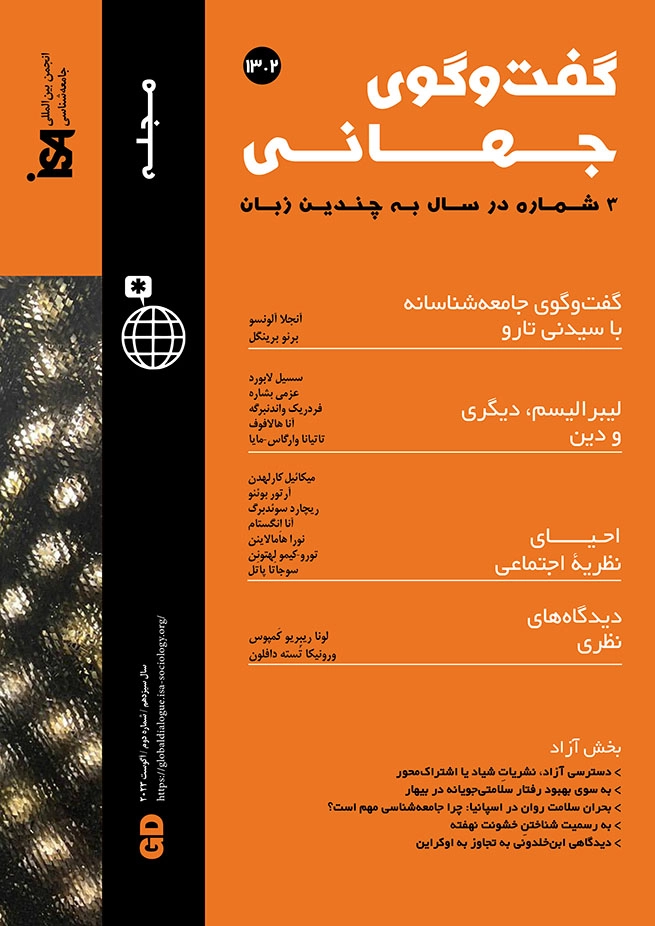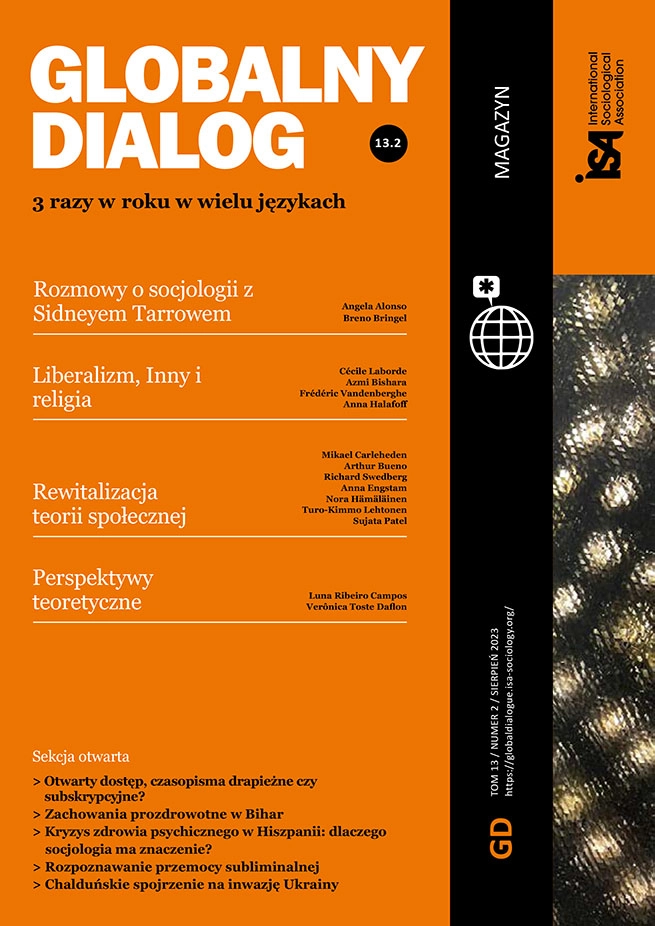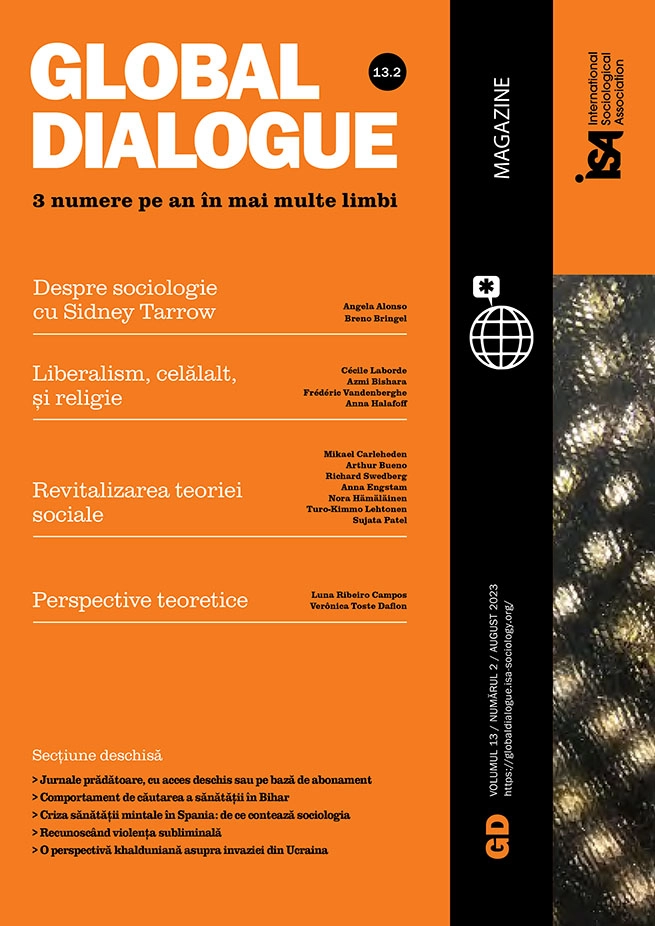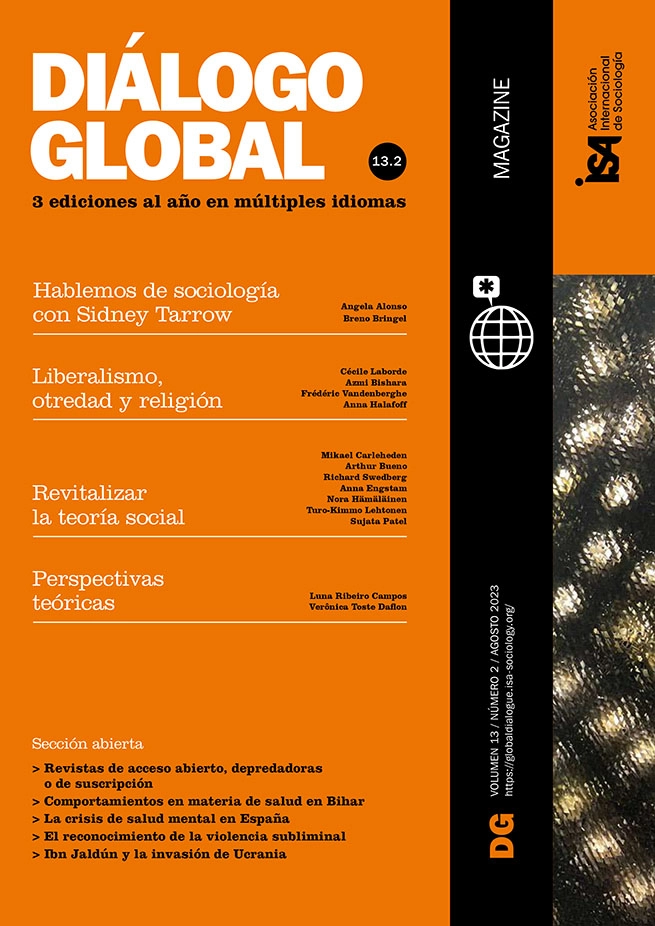It is natural to want your theorizing to be more creative, but is it possible to affect it in this direction? And if so, how do you go about it? Most would agree that it is actually impossible to give a prescription for how to be creative. What you can do, however, it will be argued in this note, is to invite creativity. That is, you can put yourself in a position where you may succeed in creating something new and valuable.
A natural way for a sociologist to find out how to invite creativity would be to go to sociological studies of creativity and see which factors they have concluded are important when it comes to intellectual discovery and creativity. This, however, is not as easy as it sounds, because the factors that are singled out as important in a sociological analysis are often not the ones that the individual can use for his or her own benefit. Knowing-how, as Gilbert Ryle has made clear, differs from knowing-that.
There may, however, exist a way of looking at studies of creativity and transform some of their knowing-that into knowing-how. I will call this process translation; and the way I will proceed in what follows is to first present the results of a few well-known sociological studies of creativity and then try to translate their knowing-that into knowing-how.
- Study # 1: Robert Merton is known for arguing that creativity can sometimes come about by accident or thanks to serendipity, to use a term he has popularized. Alexander Fleming, for example, famously discovered penicillin in an accidental manner. Something had fallen into a petri dish and he noticed that it had killed off the bacteria. In The Travels and Adventures of Serendipity, Merton and Elinor Barber also argue that there exist certain environments where serendipity is more likely to occur than others, so-called serendipitous microenvironments. The Center for Advanced Study in the Behavioral Sciences in Palo Alto (which Merton helped to create) is one of these; Harvard’s Society of Fellows is another.
- Study # 2: Networks are a popular object of study in modern sociology; and as an example of a technical network analysis of creativity, one can mention Ronald Burt’s “Structural Holes and Good Ideas.” The basic argument here is that a person who can draw on two networks, a so-called broker, is in a good position for creativity to occur. You may, for example, be a sociologist, but also be in contact with people in another science, say, cognitive science or biology.
- Study # 3: A more historical attempt at unlocking the secrets of creativity with the help of network analysis can be found in Randall Collins’ giant history of philosophy, The Sociology of Philosophies. Its argument is that creativity is caused by an interaction of forces on three levels: that of society; that of an organization; and that of a network. In the case of the German Enlightenment, for example, the societal force was the French Revolution; the key organization was the University of Berlin; and the network of Immanuel Kant and others had a special structure, consisting of colleagues, students and more. A creative network typically has several openings at first, while later it is hard to find an unoccupied place.
- Study # 4: While a network has diffuse boundaries, a team does not; its role in modern science is also different. One important study of the relationship between the number of scientists in a team and their creativity was published in Nature in 2019 by computational social scientist James A. Evans and his colleagues. What they found was that very small teams, as well as single individuals, are better at disruptive discoveries than large teams. By disruptive discoveries they mean “powerful and highly improbable theories” (Chomsky). Large teams, however, excel at normal science and the kind of minor discoveries that come with pursuing an existing research program.
How to invite creativity
At the beginning of this note I pointed out that while one cannot give a prescription for creativity, it is possible to invite creativity. I also claimed that most studies of creativity focus on knowing-that, while what is needed is knowing-how. One way to solve this problem, I suggested, is through a process I called translation; and the time has now come to show how this works.
What you first need to do is to locate whatever it is that seems to invite creativity. In the studies just mentioned, these are: for Merton, the serendipitous microenvironment; for Burt and Collins, a certain type of network; and for Evans et al., the size of the scientific team.
The second step is to figure out if and how you can make use of these factors for your own purposes. When you do this for the studies above, the result is as follows. You can, for example, try to become part of some serendipitous microenvironment, join a creative network, or engage with some team that looks promising. The hope is that by doing this, your conscious and unconscious mind will start working in some creative fashion.
But it is also possible to invite creativity by going at it alone, say by straddling two networks along the lines of Burt’s broker. There are many ways to do this, such as exploring what people think in some group or discipline other than your own and hope that some sparks will be generated when these ideas are brought into contact with your own ideas.
It is true that you can never be sure that if you invite creativity the result will be successful. Still, when it comes to theorizing, you have to aim for what is new and creative. The motto for this could be: if you don’t try, you will never fly.
Richard Swedberg, Cornell University, USA <rs328@cornell.edu>








